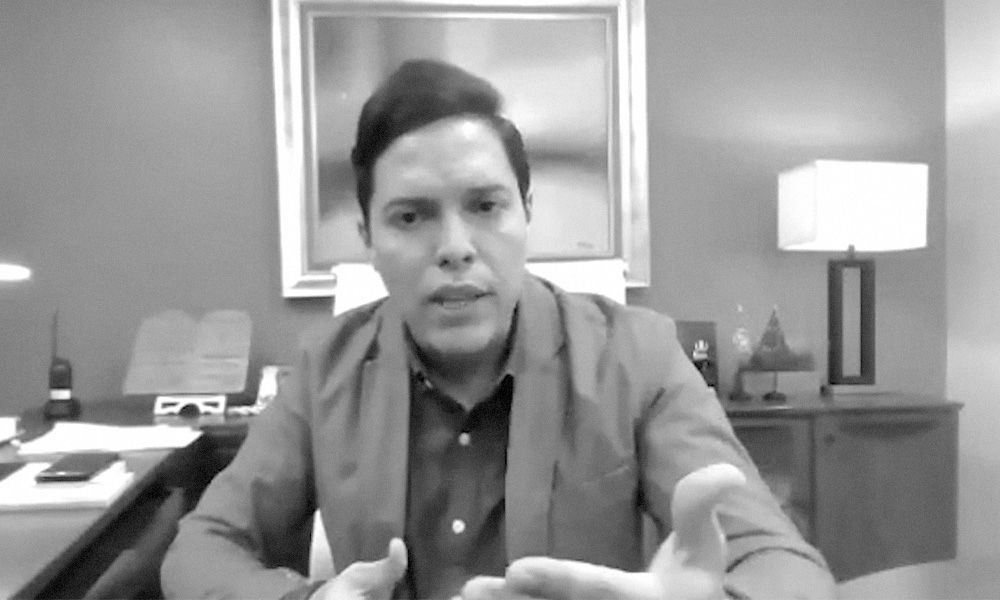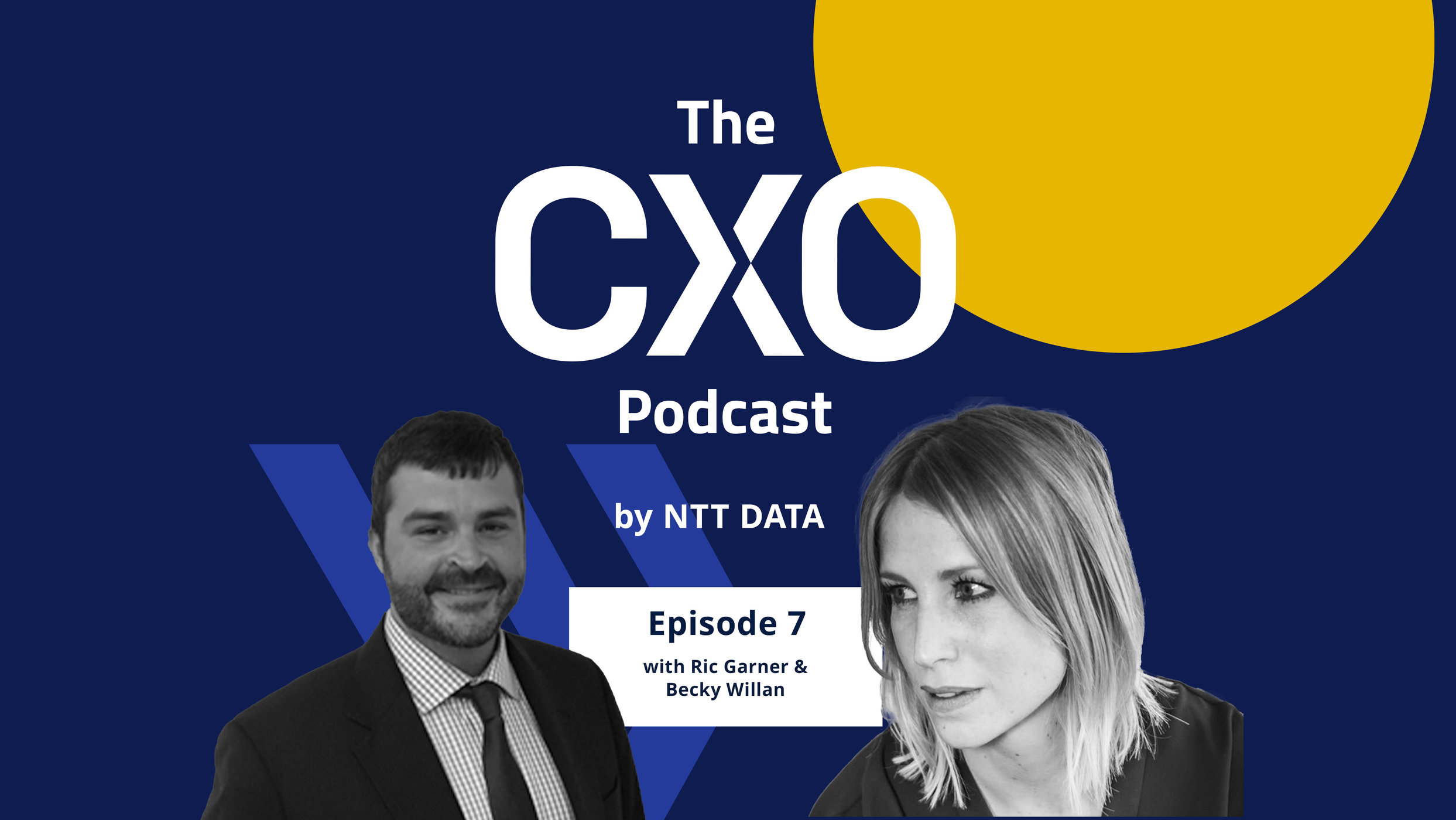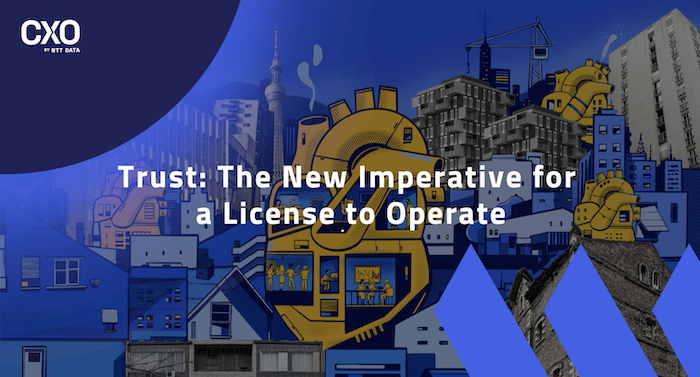Every so often there comes a turning point when something happens that changes people’s thinking in a big way. Sometimes it’s triggered by a political event, a pandemic or a war. But in the middle of March 2018, it was a newspaper story about a little-known British political consultancy called Cambridge Analytica being given access to what would amount to 87 million Facebook accounts without their users’ permission.
Until then, media stories were about data breaches, a matter of cybersecurity. This took us into a whole new, emotionally charged territory of data abuse. And that was a matter of business ethics and corporate morality. There was a realization that the information we were giving others wasn’t being used in our interests but theirs, and we were angry about it. Suddenly, the whole issue of trust was in play.
Trust is now a big-time concern for all businesses. You only need to look at the growing number of consumers that are hyper-sensitive to ‘data dishonesty’, who are walking away from firms they think will abuse their trust.
Four years on, trust – or rather lack of it – has become an even more toxic issue thanks to an endemic failure of leadership, both corporate and political. Take a look at the 2022 Edelman Trust Barometer and you’ll see that distrust is now the default position for many. Then read the Adobe Trust Report and you’ll learn that most executives admit to finding it increasingly difficult to build and maintain trust with their customers. So, yes, trust is now a big-time concern for all businesses. You only need to look at the growing number of consumers that are hyper-sensitive to ‘data dishonesty’, who are walking away from firms they think will abuse their trust.
The search for trust
Consumers are looking for organizations that can reassure them of two things: that they will keep their data from the bad guys, and that they won’t use it in ways that weren’t intended – something that even big names like Twitter, Amazon and Google have fallen foul of.
Creating trust and transparency shouldn’t require legislative pressure, because both are good for business.
In Europe, those two principles are already enshrined in General Data Protection Regulation, but creating trust and transparency shouldn’t require legislative pressure, because both are good for business.
If you want to see how this is already playing out, let’s go back a few months to when Apple made app-tracking transparency part of its latest system update, immediately breaking Facebook’s ad machine since it could no longer sell targeted space based on what people look at on their phones.
Confronted by the prospect of a potential $10 billion hit to its sales, Facebook responded by taking out full-page ads in the New York Times, Washington Post and Wall Street Journal, accusing Apple of undermining the 10 million businesses that advertised on its platform.
They may not have liked what happened, but with 85% of users around the world and 96% in the US clicking on ‘ask app not to track’ when prompted, it’s easy to see which way the wind’s blowing. Did it cost Apple money? Sure. But if this is a statement of intent to build the Apple brand around privacy long-term – and it seems like it is – then it’s going to pull others into the sunlight.
Trying to bury ‘awkward truths’ in the small print because you know consumers are never going to look there isn’t being smart. You’re breaking their trust and that’s going to put you on the wrong side of history. If that’s a place you don’t want to be, you are going to have to do some things differently.
First off, if you’re still making a product or service, then looking to create a need for it among consumers… stop, because we’re no longer in the Mad Men advertising world of the 1960s. Reverse the polarity. Move to where the consumers are and create the product they need. According to research by leading CX platform, Emplifi, 60% of consumers would pay more to get a good customer experience.
An obvious example of this is Starbucks. They satisfied a need by creating a place people enjoyed going socially, and where they could spend $5+ on a nicely-profitable cup of Pumpkin Spice Frappuccino if they wanted to.
Take it steady
Don’t look to move your customer relationship forward too fast, because that’s not the way to build trust. If you pretend it’s love at first sight and start talking about marriage on a first date, you won’t see customers for dust. Instead, start by learning what you both have in common. That’s the first rung on the trust ladder. Then slowly get to know each other more. Show that you care, make them feel special, and then go from there.
Patience is key. You need to be thinking about customer lifetime value, not instant gratification.
This might not sit well with your commercial instincts, which tell you to upsell and cross-sell to make more money and get a bigger share of the market. But patience is key. You need to be thinking about customer lifetime value, not instant gratification.
And the only way to build customer loyalty is to get people to trust you long-term. So, if I give you my data and you continually provide me with exactly the product or information I need, when I want it, I’ll come to trust you implicitly.
But if, as my bank did, you convince me to switch on my phone’s location services on the pretext you’re improving my security, but then use that information to push location-based ads for partner products and services without my authority, then we’ve got a problem. That’s not a caring relationship, it’s a trust-abusing one.
Who are you?
To build trust, you need to know what your customers want in the first place. And here’s where firms using behavioral analytics are at a huge advantage because of the way they can micro-segment their market. Amazon’s now using predictive analytics to such an extent that it’s shipping your products before you have even ordered them! If you’re still relying on demographics, you’re not using a precision instrument but a blunt tool.
A couple of years ago a meme was doing the rounds about two men, both born in the same year, wealthy, self-employed, who spent a lot of time in London and liked international travel, dogs, sports cars, fine wines and were also parents and had remarried. You would think that’s a comprehensive profile that should get your marketing off to a good start, wouldn’t you? But are Prince Charles, heir to the British throne, and the self-proclaimed Prince of Darkness himself, Ozzy Osbourne, lead singer with rock band Black Sabbath, really in the same customer category?
If you want to build trust, here’s how: get to know people. Put their needs before yours and don’t treat their data as your own. Instead, use it to their benefit and you will be building the long-term loyalty that adds to your bottom line. It’s not rocket science, just good business.










































